The following sections explain why Lee Point (Binybara) is a special part of Darwin.
- Introduction
- Darwin woodland areas and future land use
- Larrakia and ecotourism
- Threatened species in Darwin
- Summary
1.0 Introduction
Darwin’s environment and an indigenous culture creates a capital city like nowhere else and a place where people can connect with nature.
Darwin could be called the “City of Birds” because of special places like Lee Point. Lee Point, also known as Binybara by Larrakia people, is located on a peninsula, bounded by the Arafura Sea to the west and north, Buffalo Creek to the east and Darwin northern suburbs to the south (see map below).
Lee Point contains over half of the Casuarina Coastal Reserve (CCR). CCR is the Territory’s most visited reserve. Lee Point/CCR is enjoyed by families, nature lovers, mountain bike riders, birdwatchers, fishers, and bushwalkers and offers unique recreation and tourism opportunities. Over half the people in the Territory live less than 30 minutes from Lee Point by car.
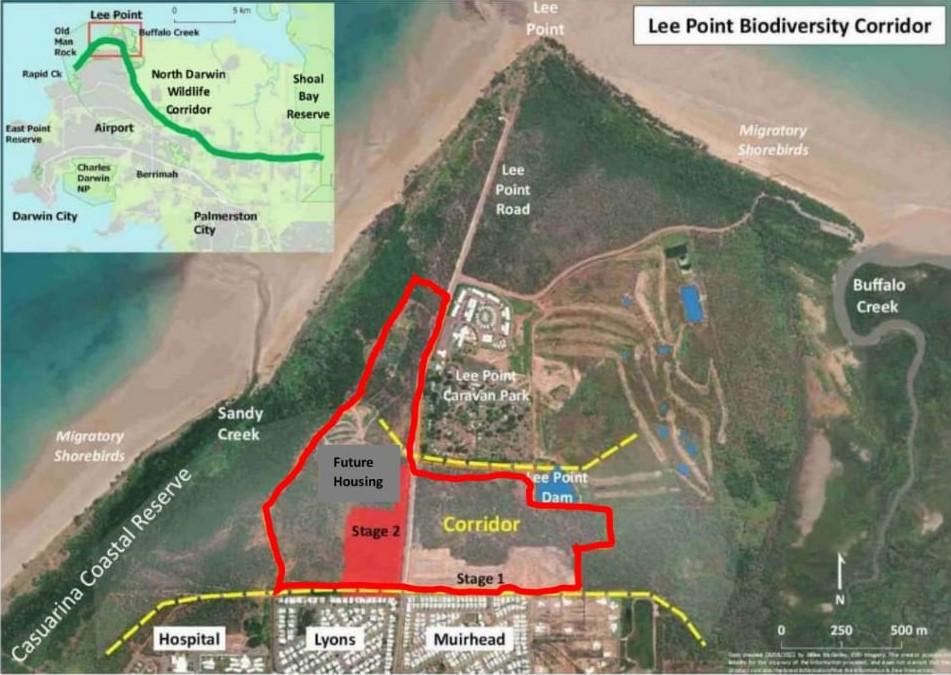
Fig 1. Lee Point Peninsula with biodiversity corridor
No other park in the Top End apart from Kakadu National Park has the range of habitats that Lee Point offers. Its habitats include; coastal areas (with internationally significant shorebird sites), marine, mangrove, vine forest, woodland, grassland, freshwater and rainforest. This rich variety of habitats continues to attract wildlife and people to Lee Point. In comparison, over the last 5 years Lee Point recorded 217 bird species, a number close to Kakadu National Park despite being a tiny fraction of its area. Some its rich biodiversity is shown in images from the Lee Point Biodiversity Corridor.
However, this is changing. The following sections describe Darwin woodland areas, threats from future land use and possible opportunities for Darwin.
2.0 Darwin tropical savanna woodland areas and future land use
Future development will clear the majority of remaining large woodland trees from Darwin by 2040.
In Darwin, tropical savanna woodland (hereafter called woodland) occurs in the same area that is used for housing – typically 14m above mean sea level. Woodland areas (like housing) were substantially damaged by Cyclone Tracy almost 50 years ago, however, the level of damage varied depending on location.
 Fig 2. A woodland habitat recovering from cyclone damage with few large diameter trees.
Fig 2. A woodland habitat recovering from cyclone damage with few large diameter trees.
Today there are limited intact woodland areas with large woodland trees. Tree hollows are essential for many wildlife species and occur in large woodland trees typically older than 100 years.
The below maps show expected changes from 2022 to 2040 (Fig 3). It assumes land clearing in all areas 14m above mean sea level (blue line) not in reserves and buffers.

Fig 3. Circle size represents remaining large woodland trees. The dark green circles (defence) may also reduce in size by 2040.
By 2040, the majority of remaining large woodland trees in Darwin will have been cleared. Expected changes are:
- Woodland areas in Holmes Jungle Reserve and Charles Darwin National Park are expected to survive but Charles Darwin National Park will become isolated for land animals.
- Woodland areas near Leanyer sewage ponds and Shoal Bay dump may survive because they are in buffer zones.
- A wildlife corridor north of Darwin suburbs may remain connected for land animals depending on how surrounding areas are developed*
- Lee Point peninsula will contain a significant proportion of the remaining large woodland trees (and tree hollows) if no further clearing occurs at Lee Point.
*Planning for a Darwin northern wildlife corridor should happen now.
The information above is based on: Darwins large woodland trees-a preliminary study
3.0 Larrakia and ecotourism
Lee Point (Binybara) has always been a culturally important place for the Larrakia people.
Larrakia people (Traditional Owners of Darwin region)
Land and sea are an integral part of Aboriginal culture. Located in the sea off Lee Point is Nungalinya (Old Man Rock). Nungalinya is part of the creation story for the Larrakia people and is part of Binybara.
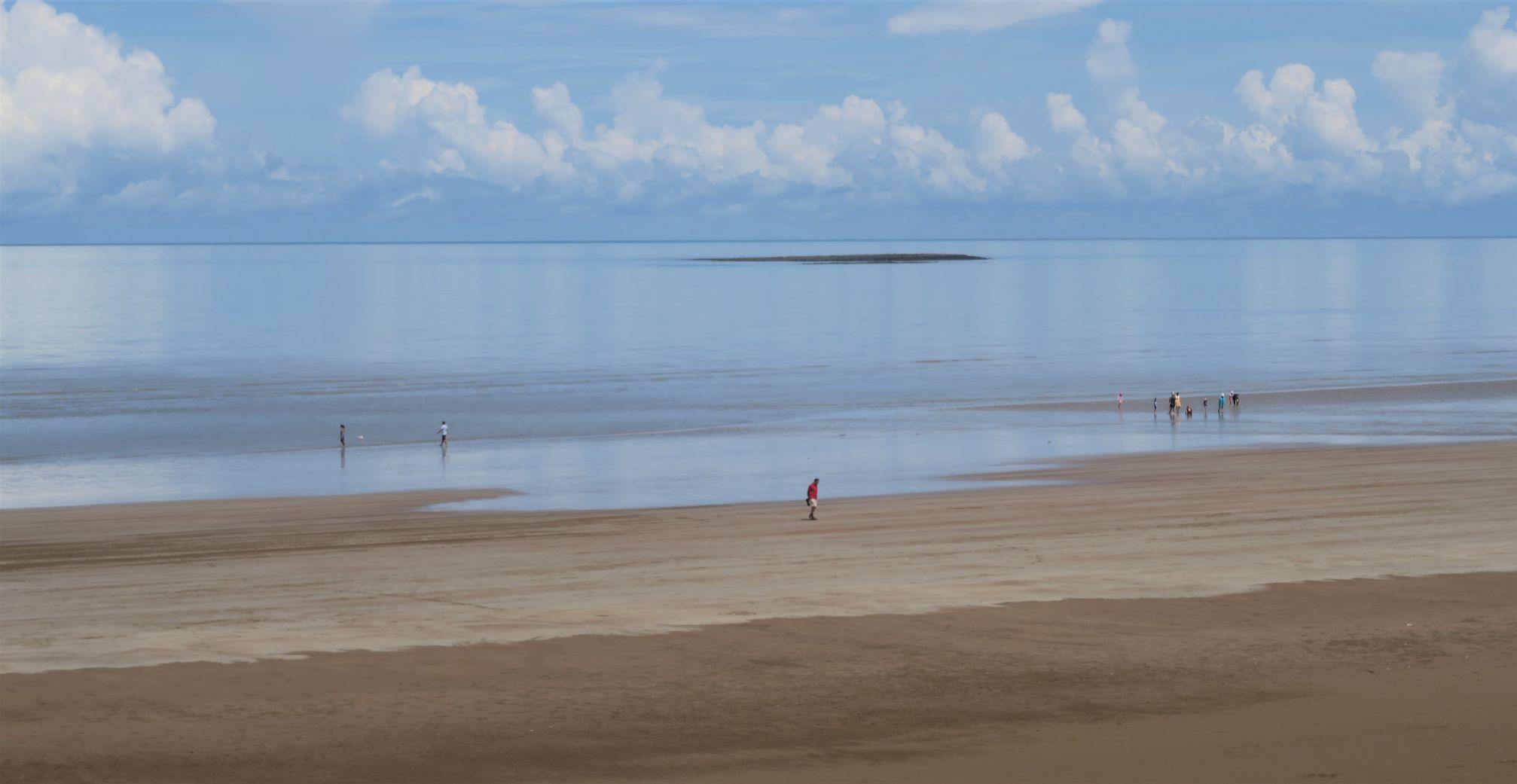
Fig 4. Old Man Rock (Nungalinya) from Dripstone Cliffs
Binybara has always been a good place for Aboriginal people to meet and get food. Senior Elder – Bill Risk talks about why Lee Point needs to be protected for future generations.
Ecotourism
The main reasons visitors come to Darwin is to see the top end environment and experience one of the oldest living cultures in the world.
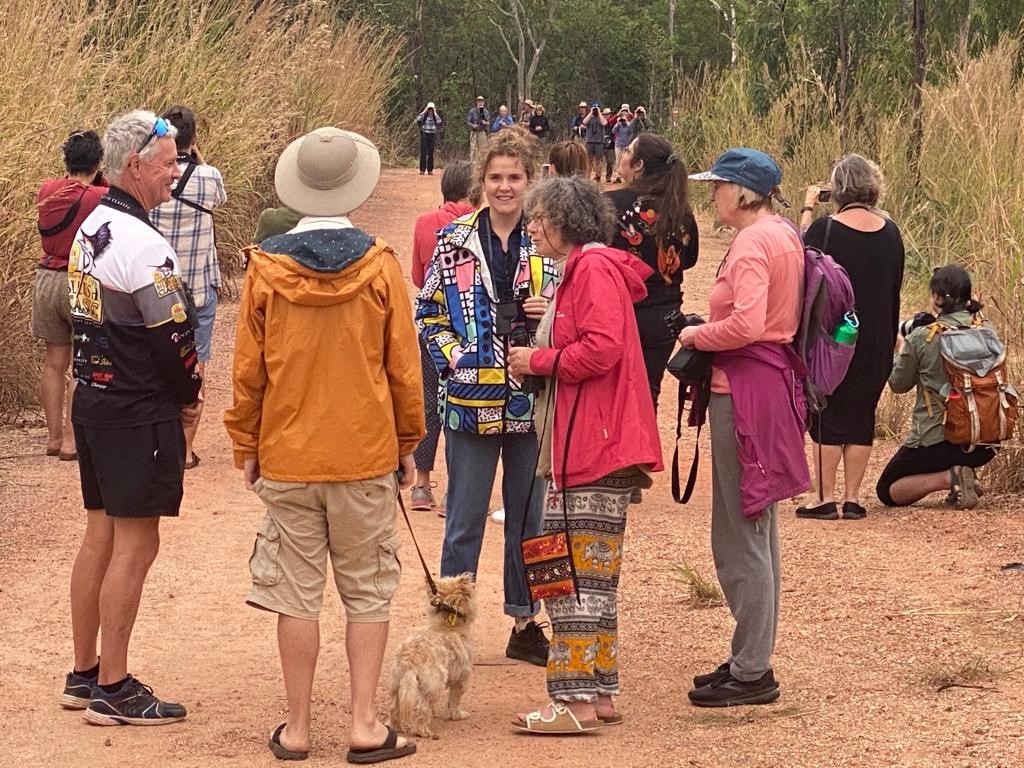 Fig 5. Visitors and tour group at Lee Point Dam in June 2022 viewing Gouldian Finches.
Fig 5. Visitors and tour group at Lee Point Dam in June 2022 viewing Gouldian Finches.
Many thousands of people visited Lee Point Dam in 2022 (half were interstate visitors) mainly to see Gouldian Finches (listed as an Endangered species under Commonwealth legislation). Some visitors came for a short time to see Gouldian Finches but ended up staying much longer in Darwin because of what they saw at Lee Point.
Potential for Growth
The potential for Lee Point ecotourism has yet to be properly explored. However, activities involving Larrakia and natural environment would be attractive to visiting cruise ship passengers that do not have enough time (or wish to make the 3-hour road trip) to see Kakadu National Park. Lee Point is approx. 23 minutes from the Darwin Cruise Ship Terminal.
Over half of the Casuarina Coastal Reserve (CCR) is in Lee Point. Based on NT Government Parks data , CCR recorded 1.41M visits in 2022 making it the most visited reserve/park in the Territory and CCR visitor numbers have been growing at 6% per year (from 2018).
At this stage, only 50% of Lee Point land (total approximately 5 sq km) is available for tourism. However, up to 90% could be used if defence land and other land was incorporated into a public reserve.
4.0 Threatened species in Darwin
Lee Point attracts and supports threatened species that make Darwin special
The following section covers the; Gouldian Finch, migratory shorebirds, turtles, Black-footed tree-rat and Darwin Cycad.
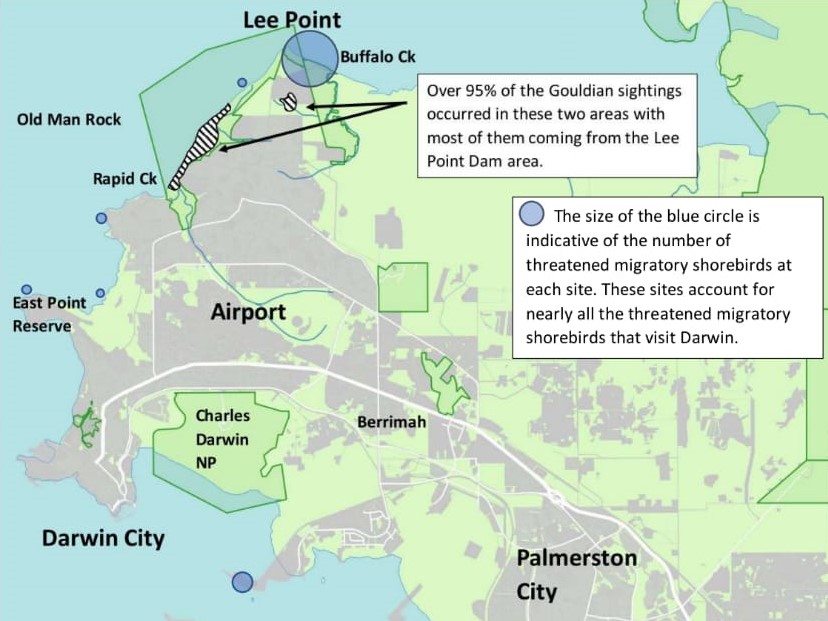 Fig 6. Occurrence of Gouldian Finches and threatened migratory shorebirds
Fig 6. Occurrence of Gouldian Finches and threatened migratory shorebirds
Gouldian Finches
The Gouldian finch is one of the most beautiful birds in the world. They live on a diet of grass seeds and use woodland tree hollows in April-July for breeding.
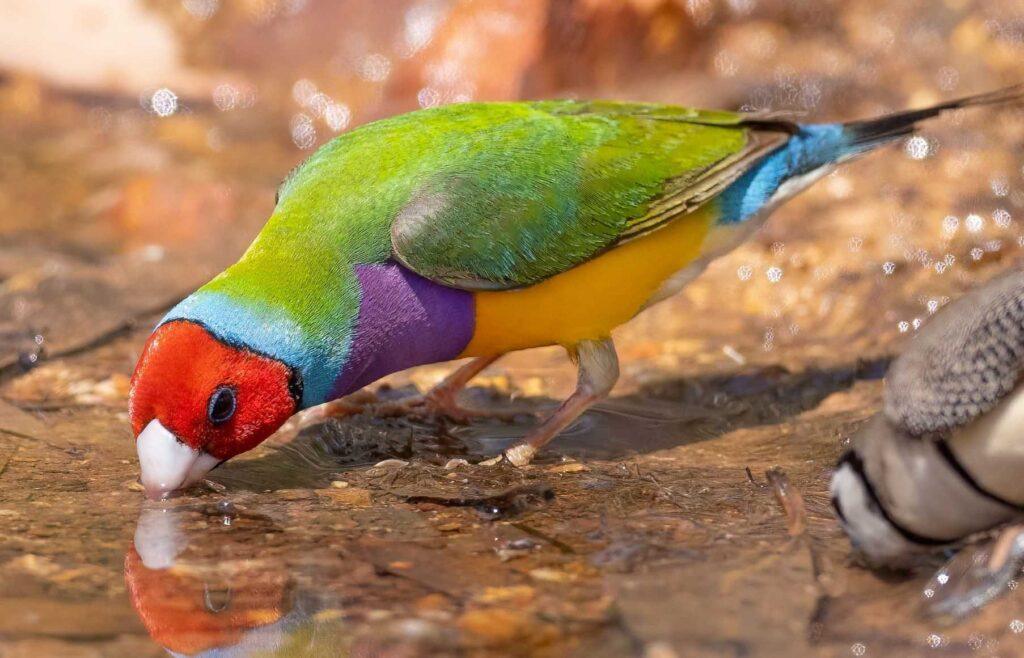
Fig 7. Gouldian Finch drinking at Lee Point Dam in May 2022 – photo by Tobias Aakesson
From April to October 2022; there were over 340 sightings of Gouldian Finches in Darwin (based on eBird). Most of the sightings came from the Lee Point Dam area (see above map) and it was highly likely they were breeding in this area.
Local birdwatchers estimated the Darwin Gouldian Finch population to be 120-150 (Sept 2022) with half being juveniles (less than a year old). This is the largest Gouldian Finch population ever to occur in Darwin based on sightings from naturalists and birdwatchers from the last century.
Many people came specially to Darwin in 2022 to see these beautiful birds in the wild, for updates on sightings, refer Gouldian Finch Irruption .
Migratory shorebirds, turtles and dugongs
Migratory shorebirds and turtles travel vast distances in their lifetime and often return to the same place to breed or for food. These places become critical for their survival.
The Lee Point coastline (see map above) supports internationally significant numbers of migratory shorebirds and most of the threatened shorebirds in Darwin. It also includes some of the best expanses of sea grass in Darwin Harbour that get used as feeding meadows by dugongs .
There is already a high rate of disturbances to migratory shorebirds on the Lee Point coastline. The planned DHA housing development (800 houses) locates housing much closer than ever before to the sites, and this is expected to further increase disturbances to the shorebird and turtle sites.
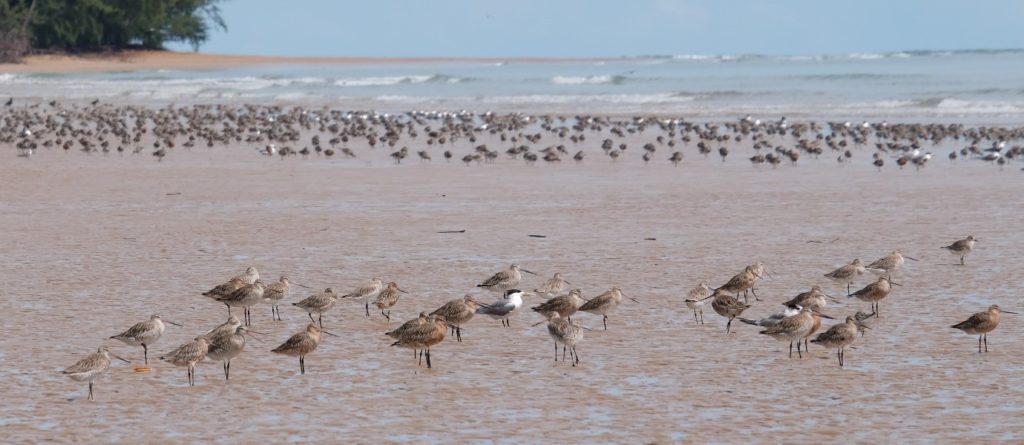 Fig 8. Migratory shorebirds feeding/resting at a Lee Point tidal area
Fig 8. Migratory shorebirds feeding/resting at a Lee Point tidal area
The (endangered) Bar-tailed Godwits in the foreground are able to fly non-stop (from Siberia) further than most commercial jet airliners. People find such animal migrations amazing. Being able to view migratory shorebirds or watch baby turtles being released (certain times of the year) is a special experience.
Black-footed tree-rat and habitat offset
The (endangered) nocturnal Black-footed tree-rat is an attractive rodent endemic to northern Australia and one of the largest in Australia. They prefer to shelter in large tree hollows during the day and mainly eat hard fruit and seeds from woodland.
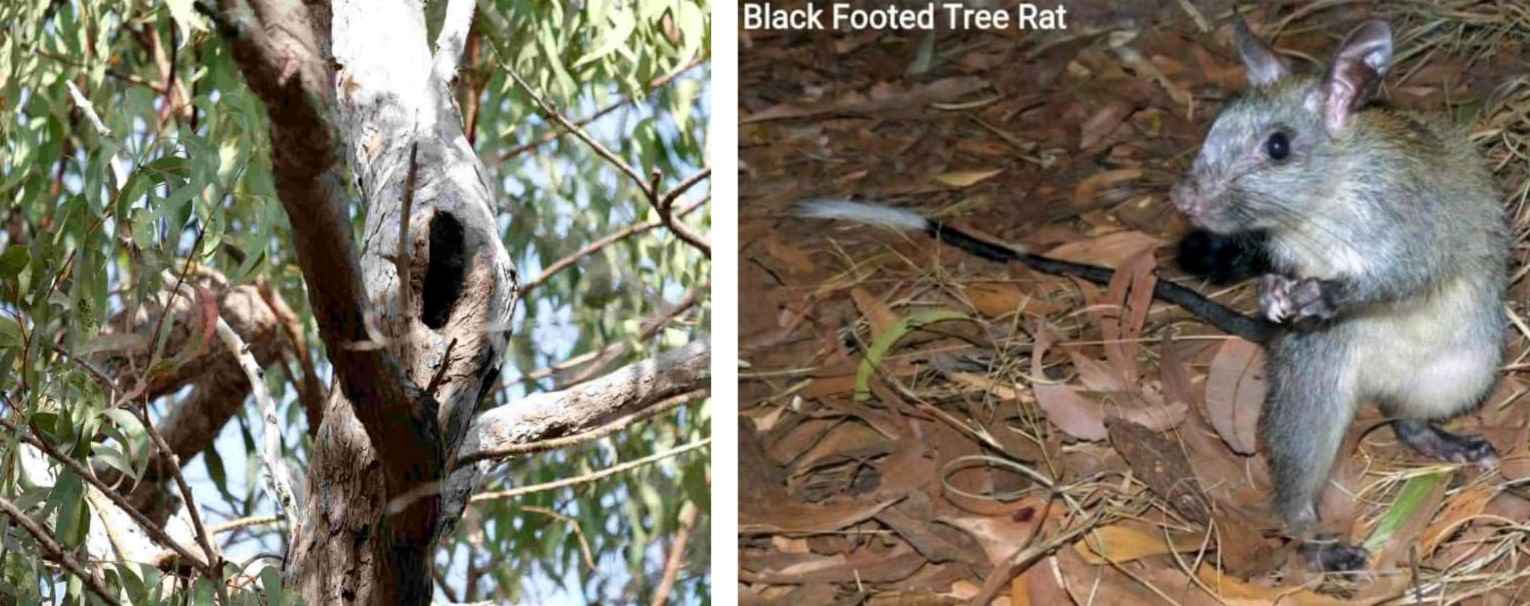
Fig 9. Large tree hollow and Black-footed Tree-rat
The planned DHA Lee Point housing development (stages 2-8) at Lee Point will clear 84 hectares of woodland habitat and with it approx 70% of the large woodland trees from Lee Point. To compensate for this habitat loss an offset area of 21.5 ha is to be added to CCR. However, less than 1/3 of the 21.5ha offset area is woodland habitat – see Darwins large woodland trees – a preliminary study
The woodland habitat (and large tree hollows) that the Black-footed tree-rat currently uses can be seen in the Lee Point corridor (Fig 1).
Darwin Cycad
Darwin cycads are endemic to the top end and a special feature of Darwin. Globally cycads are one of the oldest and most endangered plant groups on Earth with many cycad species struggling for survival.
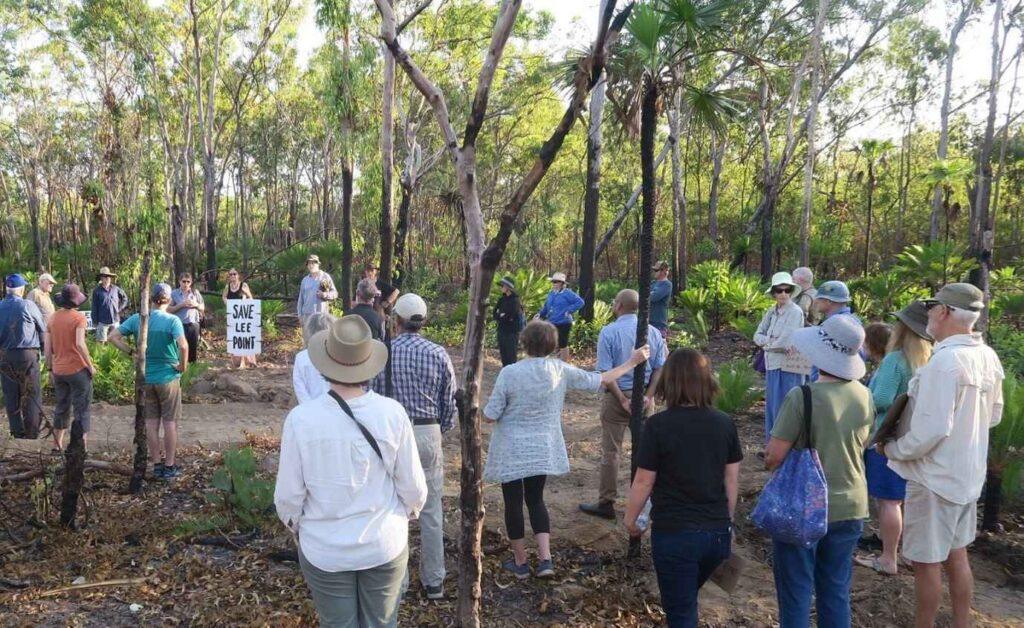
Fig 10. People protesting on site at Stage 1 – all the Darwin cycads growing here were cleared.
Cycads are still common in the Darwin area. However, only a small proportion of the Darwin cycad population is protected in reserves, and this makes them vulnerable. Stage 1 (see above) had the best stand of cycads in Lee Point/CCR and possibly in Darwin – approx. 600 cycads were cleared from Lee Point in 2021.
Fortunately, cycads can be easily accessed and seen in intact woodland areas that exist in places like Lee Point. For visitors, seeing these attractive ancient plants in the wild helps make Darwin a special place.
5.0 Summary
Darwin’s environment and Aboriginal culture creates a capital city like nowhere else. A place where people can connect with nature.
Lee Point (Binybara) is a special part of Darwin because it:
-
- is a sanctuary for threatened species; it supports internationally significant numbers of threatened migratory shorebirds and most of the migratory shorebirds in Darwin. In 2022, the Lee Point Dam area had the most Gouldian Finch sightings in Darwin and it is highly likely that they were breeding in this area.
- contains significant critical habitat (old growth woodland) that is integral to Darwin’s last wildlife corridor, which in turn is needed to maintain Darwin’s biodiversity.
- has, with Casuarina Coastal Reserve, over 40% of the total visits of all NT Government parks and reserves. This is the most visited reserve in the NT with an annual growth rate of 6% and great potential to keep growing.
- has Old Man Rock (Nungalinya) which the Larrakia people – Traditional Owners of Darwin consider to be their ancestral elder.
- is second only to Kakadu National Park (which is nearly 4000 times larger) for its range of Top End habitats and close to its number of bird species – helping make Darwin, the “City of Birds”.